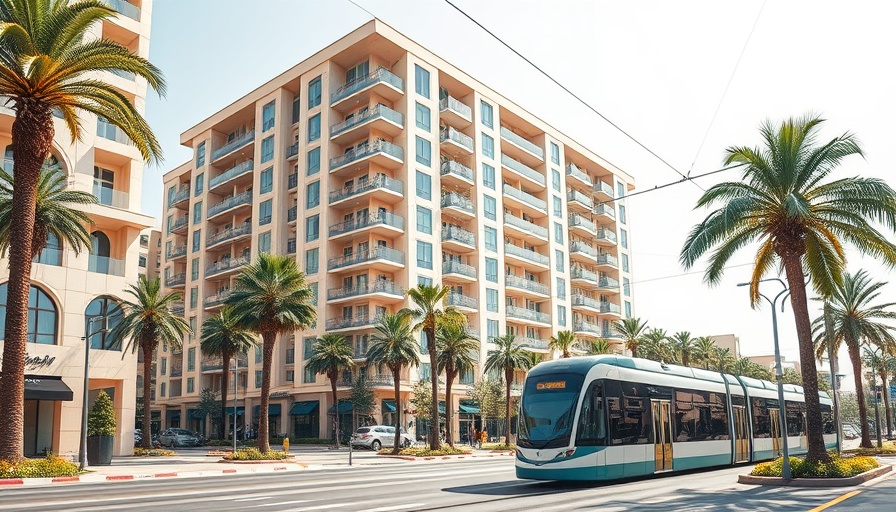
California's Housing Crisis: Understanding Upzoning
California is often cited for its innovative approaches to solving pressing issues, but its housing crisis remains one of the most formidable challenges. Recently, a proposal—SB 79—aims to address housing shortages while promoting sustainability by advocating for 'upzoning.' This reform would allow cities to increase building heights and density in certain areas, especially near transit hubs. Yet, local residents express concerns that too much upzoning could lead to unintended consequences, such as overcrowding and the displacement of existing communities.
Is Upzoning the Solution We Need?
Supporters of SB 79 argue that upzoning is essential to create affordable housing options in urban areas. High demand for homes near public transportation can justify taller buildings, potentially allowing for more diverse housing types, including affordable units for lower-income families. However, critics worry that rapidly increasing density in already congested neighborhoods could result in loss of community character and exacerbate traffic issues in cities like Bakersfield.
The Community's Voice: Diverse Perspectives on Housing Reform
As the debate heats up, community members have voiced their opinions in various forums, reflecting a wide range of concerns. Some residents fear that even with good intentions, upzoning could prioritize developer profits over the needs of neighborhood residents. Concerns about gentrification loom large, especially in historically mixed-income neighborhoods, where increased property values could push out long-standing residents. Engaging the community in conversations about their needs is critical; otherwise, the reforms may alienate those it seeks to help.
Building to Sustain: Balancing Development and Community Needs
California's planners face a delicate balance between upzoning for housing density and preserving community spaces that are vital to residents' quality of life. Effective planning must consider not only the physical aspects of development but also ensure that community services, parks, and schools are equipped to handle population growth.
Lessons from Other States: Can They Provide Clarity?
Other states that have undertaken similar reforms serve as learning models. For instance, cities like Portland have implemented zoning changes to spur housing growth while experimenting with preserving affordable housing. These case studies could inform California's approach, providing valuable insights into community engagement and supportive policies that mitigate the risks associated with upzoning.
What’s Next for California's Housing Policies?
As discussions continue around SB 79, the future of housing reform in California remains in flux. The evolving policies will undoubtedly impact communities in varied ways, leading to inevitable change. As residents of Bakersfield and beyond contemplate the implications of such reforms, understanding the motivations and possible side effects becomes increasingly important.
Take Action: Stay Informed and Engaged
The housing debate in California is not just for policymakers; it concerns every resident. Engaging in local discussions, attending town hall meetings, and consulting neighborhood associations can empower you as a stakeholder in this critical process. Make your voice heard and help shape the housing future of your community!
 Add Row
Add Row  Add
Add 



Write A Comment